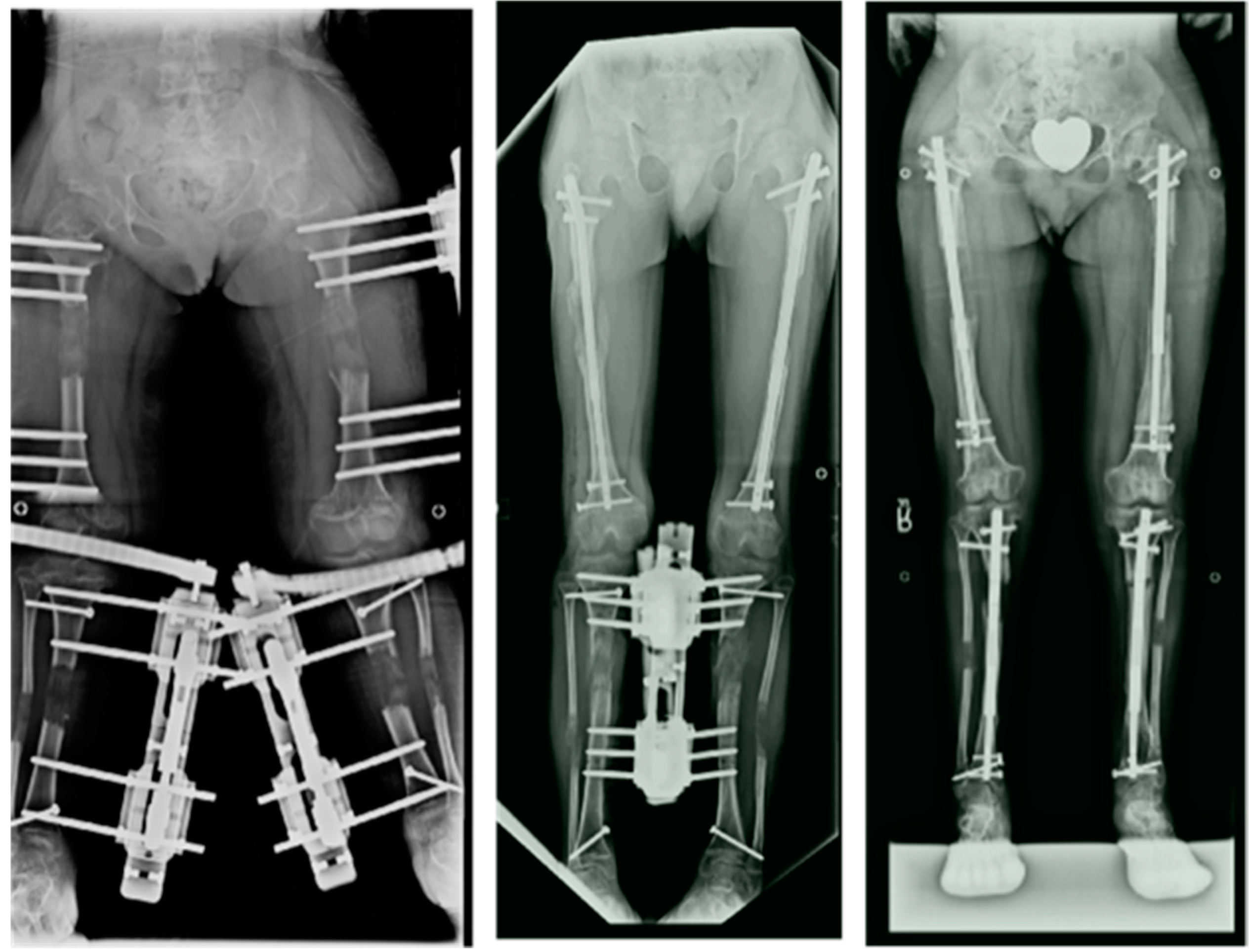Limb Lengthening Surgery: What It Really Is, and What to Expect
Talking about limb lengthening surgery can feel a little uncomfortable at first. For some, it’s tied to medical conditions like uneven legs after an accident or a birth defect. For others, it’s about height — a personal decision driven by years of self-consciousness or confidence issues. Either way, if you’ve landed here, you’re probably not looking for fancy medical jargon. You just want to understand what the surgery is, how it works, and whether it’s something worth considering.
So, let’s break it down — clearly, honestly, and without sugarcoating.
What Is Limb Lengthening Surgery, Really?
At its core, limb lengthening is a surgical procedure that gradually increases the length of a bone, usually in the legs. It might sound like science fiction, but it’s very real — and it’s been around for decades. Originally, it was developed to help people with serious bone injuries or deformities. Over time, the technique has evolved and improved, and yes, it’s also being used for cosmetic reasons now.
The most common areas where this is done are the femur (thigh bone) and tibia (shin bone). Surgeons use a device that slowly stretches the bone over several weeks or months, allowing new bone tissue to grow in the gap.
Sounds intense? It is. It’s not a quick fix or a walk in the park. But for the right patient, under the right care, it can lead to life-changing results.

Why Do People Choose It?
People go for limb lengthening surgery for all kinds of reasons — and none of them are “silly.” Here are a few common ones:
Medical Reasons
Birth defects
Injuries from accidents
Bone infections that stunted growth
Conditions like dwarfism or skeletal dysplasia
Cosmetic Reasons
Some people feel deeply uncomfortable with their height. It may not be visible on the outside, but for them, it’s personal. They’re not doing it to impress anyone else — just to feel more comfortable in their own skin.
The key thing to remember is: it’s a personal decision, and no one else gets to define whether it’s valid or not.
What the Procedure Actually Involves
Let’s be honest — limb lengthening is not a “weekend surgery.” It’s a long process that requires patience, discipline, and proper care. Here’s what typically happens:
1. Surgery Day
The surgeon cuts the bone (usually femur or tibia) and attaches an internal or external device that will later help lengthen the bone.
2. Distraction Phase (yes, that’s the real term)
After a few days of rest, the device is slowly adjusted — often 1 mm per day. That might not sound like much, but it adds up. Over 30–90 days, the bone is stretched gradually while new bone tissue grows to fill the gap.
3. Consolidation Phase
This is where the new bone hardens and strengthens. It takes time. During this stage, regular check-ups, X-rays, and physiotherapy are all part of the routine.
4. Recovery and Rehab
Physiotherapy is a huge part of the recovery. Muscles, nerves, and tissues need time to adjust. You’ll need help getting back to walking, standing, and moving with comfort and confidence again.
The whole journey can take several months — even up to a year before you’re fully back to normal.
Is It Safe?
Like any surgery, limb lengthening comes with risks. Infection, nerve issues, or bone healing complications can happen — especially if it's done in a non-specialist facility. That’s why choosing the right hospital is just as important as deciding to do the surgery in the first place.
Adam Vital Hospital, for instance, is one of the few places in Dubai equipped to handle this kind of surgery with expertise. Their team includes experienced orthopedic surgeons and rehabilitation specialists who work with you every step of the way — not just during surgery, but throughout the months of follow-up.
What patients often say about Adam Vital is that the staff doesn’t just perform the procedure — they explain everything clearly, support the emotional side of the journey, and create a plan tailored to each person’s body and goals.
Things Most People Don’t Talk About
Here’s what doesn’t always show up in brochures or websites:
It’s uncomfortable. Not just physically, but emotionally. You’ll have days when you doubt your decision, especially during the slower recovery weeks.
It takes discipline. You can’t skip physio. You can’t ignore follow-ups. Doing so risks complications.
You’ll need a support system. Friends, family, even online communities. You’ll want people around who understand what you’re going through.
Final Word
Limb lengthening isn’t for everyone. But if it’s something you’ve been thinking about, do your research, speak to professionals, and most importantly — speak to real patients who’ve gone through Limb lengthening surgery.
And if you do decide to go forward, make sure you choose a hospital that treats you like a human being, not just a file number.
Adam Vital Hospital in Dubai is one of those places. With their orthopedic and rehabilitation expertise, they guide patients through one of the most personal medical journeys anyone can take — with honesty, care, and long-term support.
Because in the end, this isn’t just about bones. It’s about how you feel when you stand, walk, and move through life.
Comments
Post a Comment